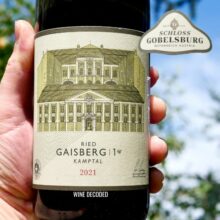
Product information
Schloss Gobelsburg Ried ‘Gaisberg’ 1ÖTW Erste Lage Kamptal Riesling 2021
$92
Description
Schloss Gobelsburg have got élévage all sorted! Exposure to oxygen at the right times in the right amounts for the right length of time has a clear and impressive impact on the phenolics and the textural components. Lovely scent of elderflower and citrus blossom. Very subtle green leafy herb and perhaps a faint mint.
Excellent acid profile and weight with length and flow from a fine texture with just enough phenolic grip to act as a cleansing element. Mid-palate weight combines with excellent length and a saline element. A delicacy and expressive beauty at play.
Nikolaihof’s and Schloss Gobelsburg’s experience with long aging white wines translates beautifully into their younger wines.
The 2021 Riesling Ried Gaisberg is on gneiss, schist and amphibolite. Crushed ivy and citrus leaf overlay an almost savory, salty notion of wet earth. The palate is rounded and juicy—almost bouncy with lively energy. Bright, lemon-fringed stone fruit notes skip away in such a joyful fashion that the underlying stony seriousness is almost skipped over. In coming years, the stoniness will gain the upper hand, but, for now, the playfulness of these aromas—leafy top notes and citric charm—quite rightly enjoy the limelight. This is lovely and slender, with a serious, stony, cool core and a beautifully long finish. (Bone-dry) Drink 2025-2050
Anne Krebiehl MW, Vinous 95 Points
In stock

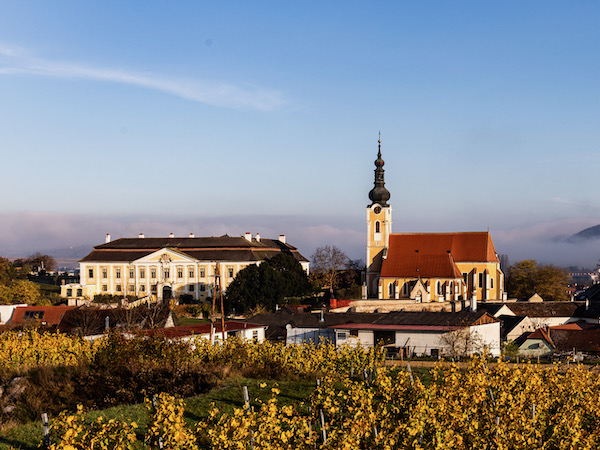
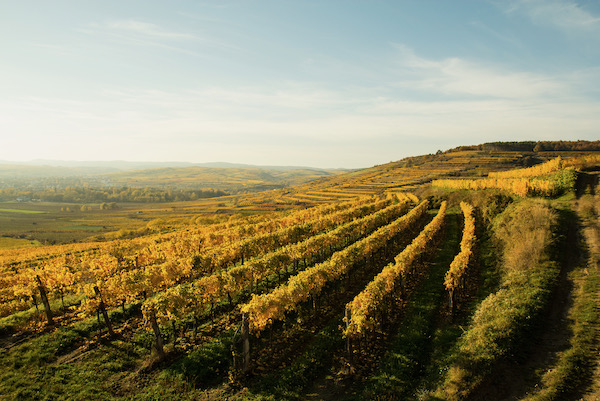
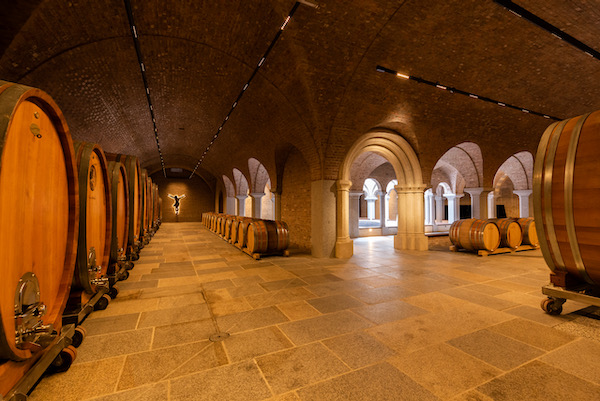
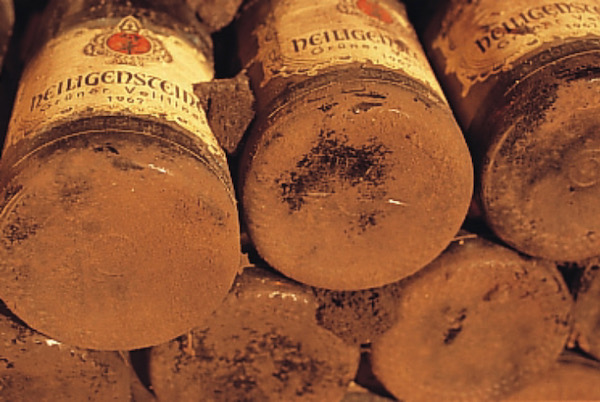
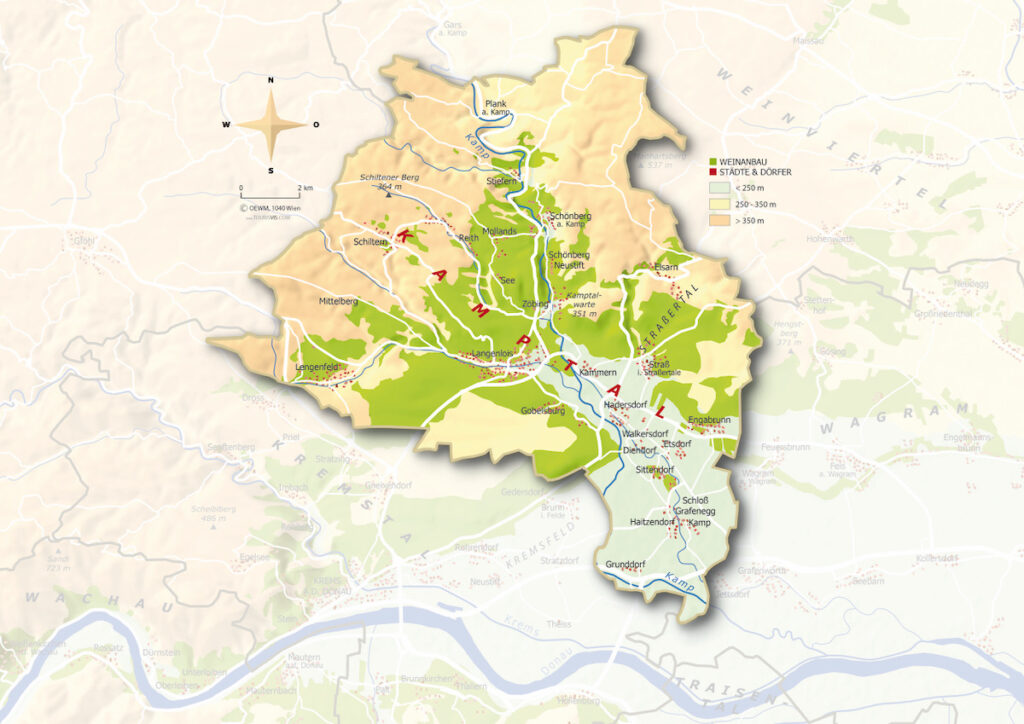
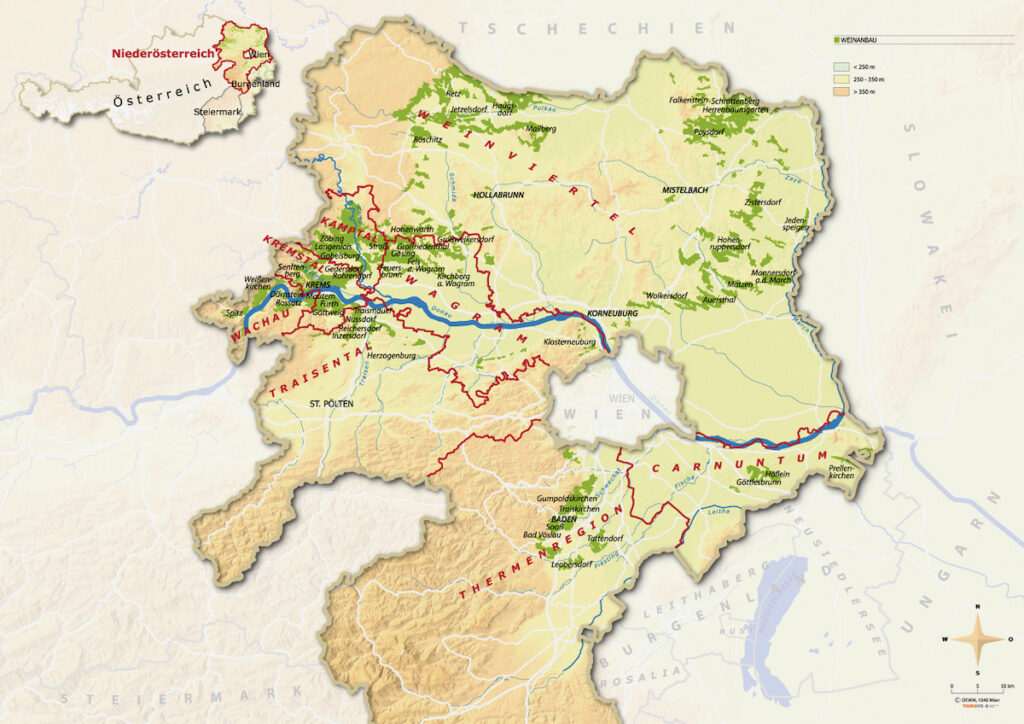
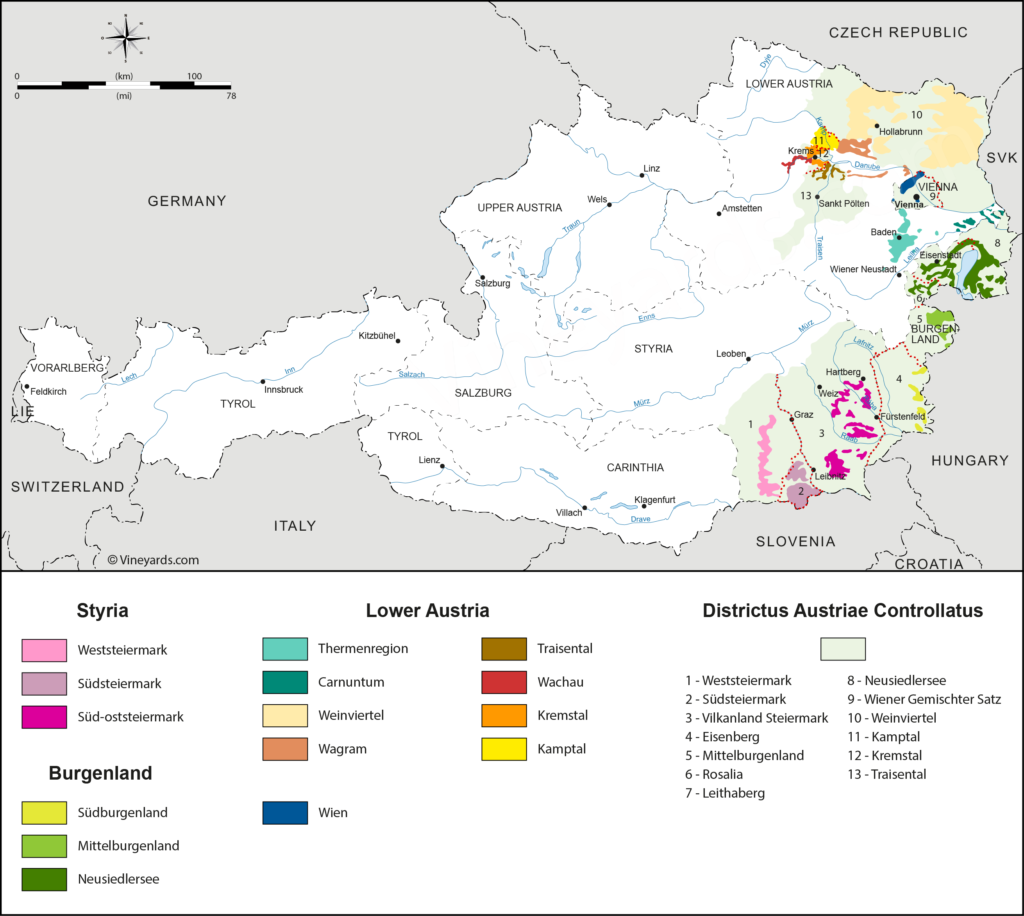
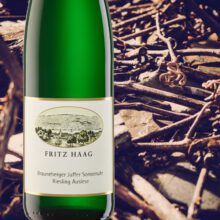
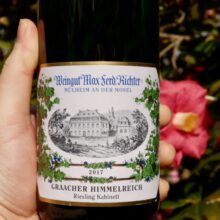
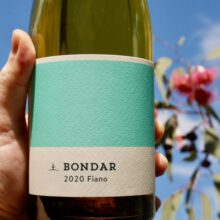
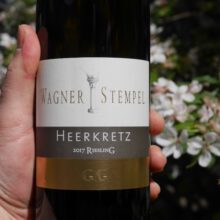
You must be logged in to post a comment.